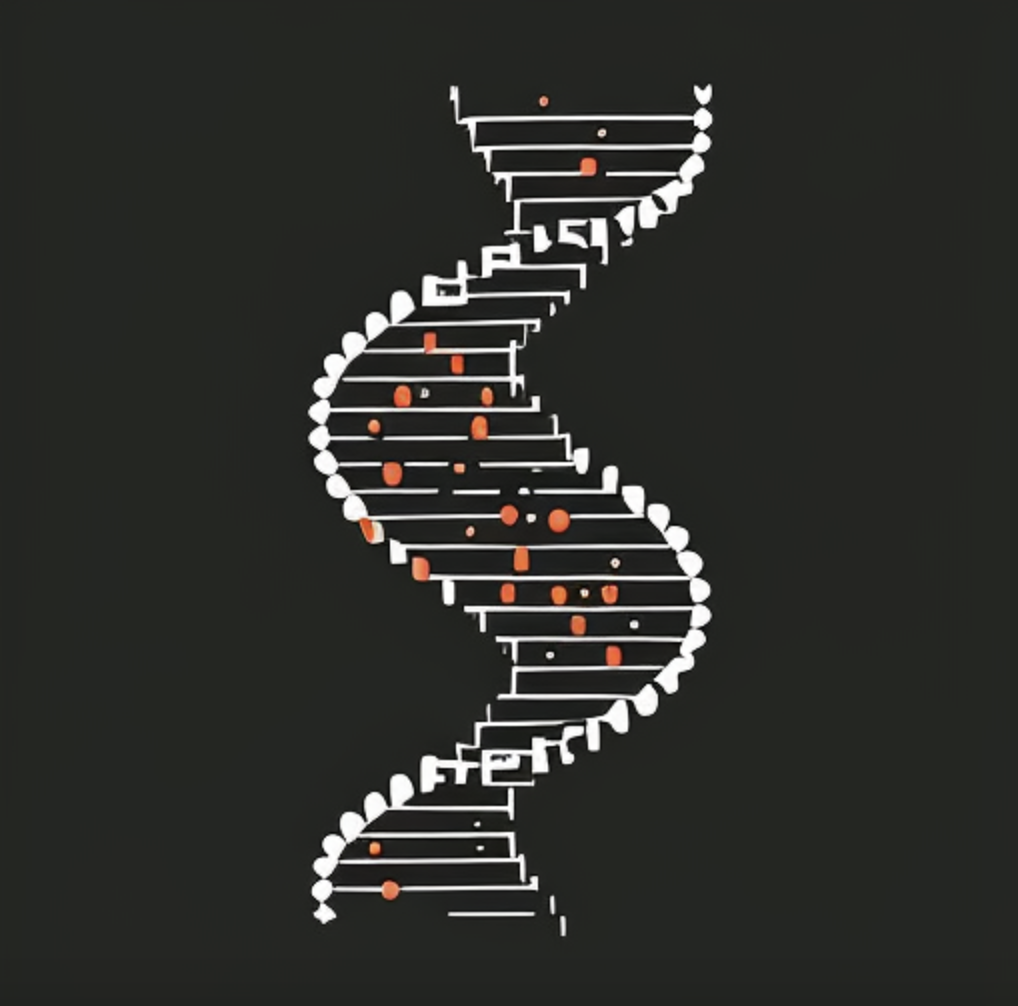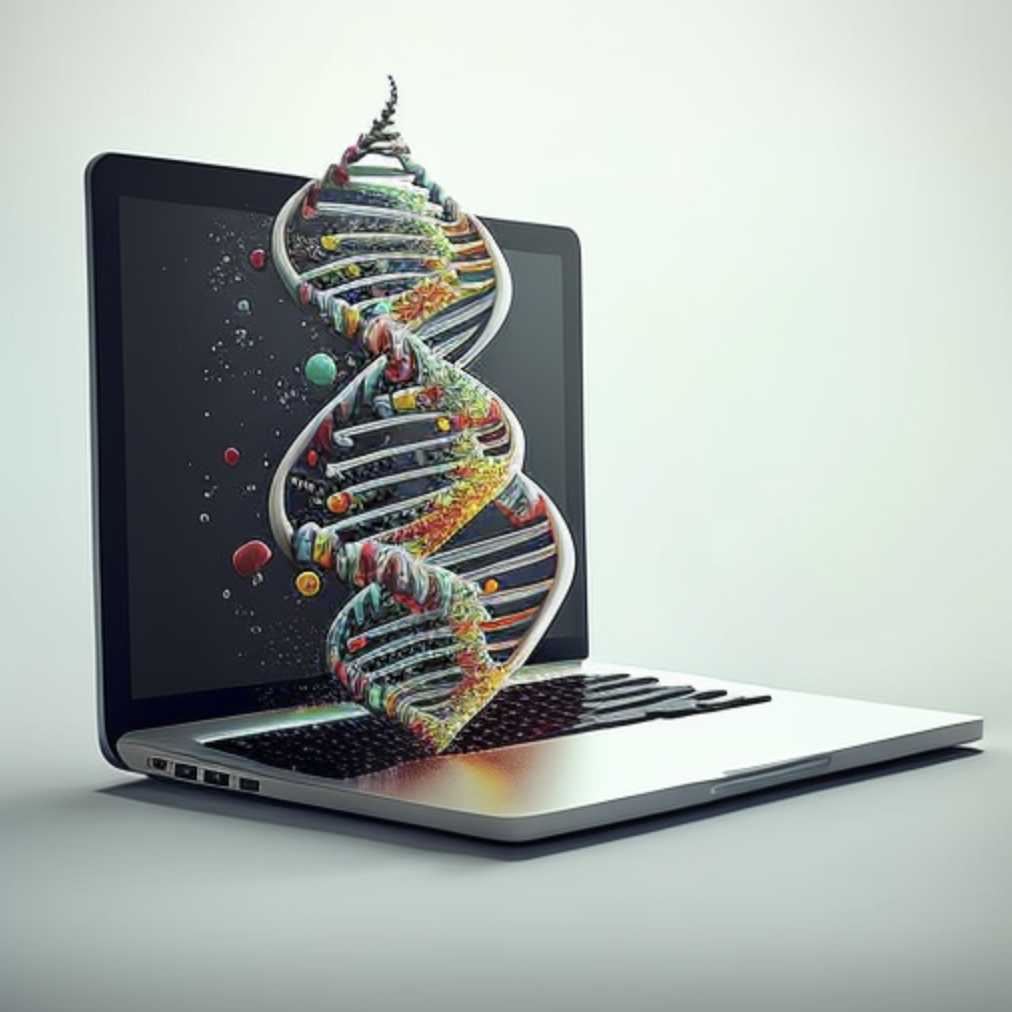I have been researching computational biology a lot recently and I’ve recently found out that it may be a perfect fit for someone like me! There are three main reasons that I really fell in love with computational biology.
- The fusion of computers/AI and biology allows scientists the potential to transcend our existing limitations, unlocking a treasure trove of extraordinary biological discoveries unprecedented in our history.
- In neuroscience, we’re utilizing computer science not merely to unearth fascinating insights but also to supercharge our human capabilities, or restore those capabilities who have lost them.
- The ingenious use of biology, our own natural blueprint, as a stepping stone to enhance the sophistication and efficacy of AI.
New Discoveries in biology using AI
One example of the multitude of new discoveries that become available with the fusion of AI and biology is displayed by a group called Deep Mind in their project Alpha Fold:
AlphaFold, the artificial intelligence (AI) system developed by DeepMind, has broken new ground in medical and scientific domains. This sophisticated AI system, designed to decode the process of protein folding, is revolutionizing our understanding of the natural world and various diseases.
Protein folding, where a sequence of amino acids transforms into a three-dimensional structure, has been a long-standing conundrum in the scientific world. Traditionally, this problem could take years of meticulous work, often culminating in a complete PhD thesis, to solve a single protein structure. AlphaFold, however, has proven to be a game-changer, demonstrating its remarkable precision and speed at the Critical Assessment of Protein Structure Prediction (CASP), also known as the ‘Olympics’ of protein folding.
Moreover, during the height of the COVID-19 pandemic, AlphaFold made an impact by successfully predicting the structure of ORF8, a protein of the SARS-CoV-2 virus. This achievement underscores its potential for real-world applications, extending beyond academia and into practical, life-altering solutions.
AlphaFold’s applications aren’t confined to protein prediction. The AI system is also being leveraged for other significant challenges, such as studying extinct proteins, a breakthrough that promises new insights into the field of paleoproteomics. In another exciting development, AlphaFold is facilitating the creation of enzymes capable of digesting plastics for unlimited recycling – a potential solution to the planet’s escalating plastic waste problem.
AlphaFold’s transformative potential is truly impressive. Originating from a single paper published in 2021, this AI system has already achieved monumental scientific milestones. More than that, it’s a revolutionary tool poised to reshape our understanding of diseases and expedite the discovery of new drugs, promising to impact millions of lives positively worldwide. Clearly, this is just the beginning of an exciting journey that will continue to unfold in the years to come.
Embedding AI into human brains
Embedding computer science and AI into human bodies seems like something out of a science fiction story, but it’s actually already happening! Neuralink, Elon Musk’s company is designing and implanting brain chips to restore movement, feeling, and technology use to people who have suffered loss of movement or feeling in their limbs.
The groundbreaking integration of artificial intelligence (AI) and neuroscience is opening unprecedented pathways for medical discoveries. A notable pioneer in this field is Neuralink, Elon Musk’s famed brain chip company. With a focus on enabling communication for people with limited mobility, Neuralink’s research proposes brain implants that can interpret the brain’s neural activities and translate them into text.
Working in tandem with multiple institutions, including Stanford University, Dr. Károly Zsolnai-Fehér and his team are pushing the boundaries of brain-machine interfaces. Their innovative research allows a subject to mentally “write” letters that subsequently appear on a screen at an astonishing rate of 90 characters per minute with a 94% accuracy. In fact, with additional autocorrect techniques, this accuracy can be elevated to 99%. This level of speed and precision is a significant accomplishment, reaching almost 80% of the average typing speed on a smartphone for an able-bodied individual of the same age group.
The technology operates via a recurrent neural network, capable of managing data sequences, effectively transforming brain activity into characters. Additionally, this research ventures into redesigning the alphabet for optimal decoding of thoughts by the neural network, leading to an ‘optimized alphabet’ that bears more resemblance to squiggles than traditional characters.
The potential applications of such technology are revolutionary. From treatments for stroke, paralysis, and degenerative diseases to Parkinson’s, epilepsy, Alzheimer’s, and even psychiatric diseases, the possibilities seem boundless. While we’re still in the nascent stages of understanding the intricate mechanisms of these neurons, the combined power of AI and neuroscience holds immense promise for the future of medical science. Thus, the exploration of these brain-machine interfaces and their potential applications marks a fascinating leap forward, bringing what once was science fiction into reality.
Using the Human Body to enhance AI
The more that I looked into the technology behind artificial intelligence, the more I felt that there was room to advance the technology. I recently listened to a podcast with Lex Friedman and MIT Professor Neil Gershenfeld which highlighted exactly what I felt was missing.
Neil Gershenfeld, a professor at MIT, has transformed the technological landscape by merging the theoretical with the practical. His creation of the Center for Bits and Atoms (CBA) was revolutionary, but he went further, pioneering a course dubbed “how to make (almost) everything.” Designed to teach MIT students how to utilize the lab, the course rapidly gained recognition, becoming the most oversubscribed course in MIT’s history.
Not one to rest on his laurels, Gershenfeld sought to widen his impact, spreading these ‘fablabs’ worldwide. His vision for the labs transcended traditional boundaries, as he attempted to imbue them with a level of self-sufficiency through the integration of artificial intelligence. His intent? To equip these labs with the ability to recreate themselves – much akin to biological ribosomes.
Gershenfeld’s brilliance doesn’t merely lie in his technological innovations. His holistic approach, infusing lessons from diverse fields such as biology, physics, and quantum mechanics into computing systems, presents an intriguing model for the future of technology. This perspective was discussed at length in a podcast between Gershenfeld and Lex Friedman, offering profound insights into the underutilized potential in molecular biology.
The conversation emphasized that while the AI of today mainly focuses on replicating human cognition, a wealth of knowledge remains unexplored. Intricate biological systems like ribosomes carry immense intelligence, demonstrated by their ability to self-replicate and maintain specific cellular orientations. By exploring these realms, Gershenfeld’s approach paves the way for an evolution in our understanding of artificial intelligence, steering it away from mere mimicry of human brain functionality towards a richer and broader landscape of intellectual capability.


Leave a Reply